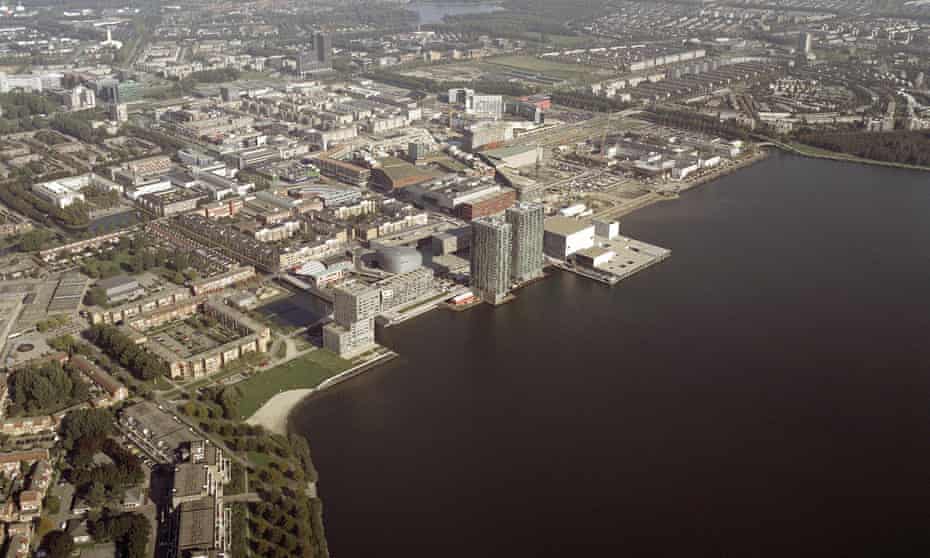The Guardian view on a Dutch solution: make land out of the sea
Faced with extreme weather, voters in the 1970s responded to a government call to move to drier land. The same spirit of innovation is needed today

What should governments – and people – do, confronted by the terrifying force of nature? It is the question of our age. But one answer, found on mainland Europe, serves as a reminder of human ingenuity in the face of adversity. The Netherlands offers perhaps the most astonishing example of government intervention in the 20th century: acting to deal with North Sea surges, which not only cost lives but threatened food production. The project involved the damming of the Zuiderzee – a large, shallow North Sea inlet – and the reclamation of land in the newly enclosed water. What has been created since 1972 is a new region to the east of Amsterdam, called Flevoland, out of the sea in the form of two great polders – essentially flat fields of reclaimed marshland which together are about the size of the English county of Dorset.
These days Flevoland is a busy place: containing the country’s fastest growing city of Almere, the regional capital of Lelystad, and a vast nature reserve, Oostvaardersplassen. Half a century ago, all were submerged metres below sea level. The country’s youngest province is living proof of how humankind can live with the ever-changing elements. Michel van Hulten, one of Flevoland’s architects and a former Dutch minister, says some of the success of the area is down to the collectivist spirit of the early 1970s when voters instinctively trusted government. He points out that there were no tax incentives or state subsidies for people to move to what were then empty new towns. The public simply answered the government’s call as part of a national mission. The Low Countries remain ideologically and historically close to the UK. The problem is that today’s politics is marked by polarisation rather than solidarity.
Yet adaptation is more urgent than ever. Global average temperatures are 1C warmer than they were in the 19th century, bringing more extreme and more erratic weather patterns. One-quarter of the Netherlands lies below sea level and two-thirds of it is prone to flooding. Much of the world’s coastline is under threat. Sea-level change through 2050 is largely locked in: regardless of how quickly nations are able to lower emissions, the world is likely looking at a rise of about 15cm to 30cm. That might be something the Dutch authorities can manage. But without change, greenhouse gas emissions are likely to bring 4C of warming by 2100, with a 70cm sea-level rise. The feted Dutch system of dykes, storm barriers and pumps might not cope.
The future that one of the world’s richest nations might face could be daunting. Without curbing the climate crisis, ultimately the Dutch could face the slow collapse of local economies and a controlled abandonment of their country. Millions potentially would have to move somewhere else. Given the risks, it was bizarre when last month it emerged that the Netherlands was not on track to deliver the emissions reductions it argued for within the EU. The country’s experience reveals two important lessons. One is that the way to reduce climate-altering gases is similar around the world. The second is that adapting to climate risk depends on how domestic opinion guides politics and how policies are shaped by local needs and capacities.